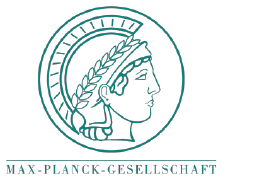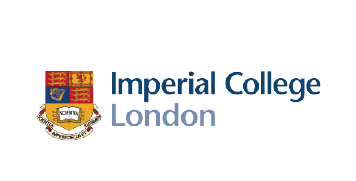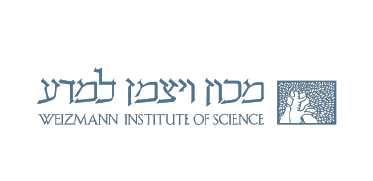Natural features are not made by an engineer: evolution via natural selection cannot construct the components of life from scratch to perfectly perform a task. Instead, evolution works like a tinkerer, where traits are jury-rigged from a limited set of available components sometimes giving rise to non-efficient or unnecessarily complicated features.
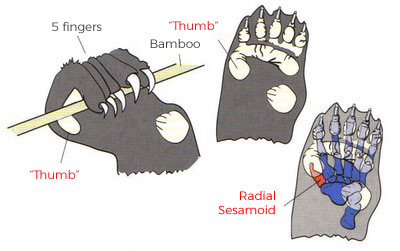
The panda's thumb is perhaps one of the most famous examples of such bad design: the thumb is constructed by enlarging a few bones that usually form the wrist in other species. Pandas have been eating bamboo for so long, that the small wrist bone called radial sesamoid (highlighted in red) has slowly become an extra “thumb,” assisting the panda in grasping and stripping bamboo stalks. The panda's true thumb is committed to another role, too specialized for a different function to become an opposable, manipulating digit. So, the panda could only use parts on hand and settle for a clumsy solution, far from an ideal design.
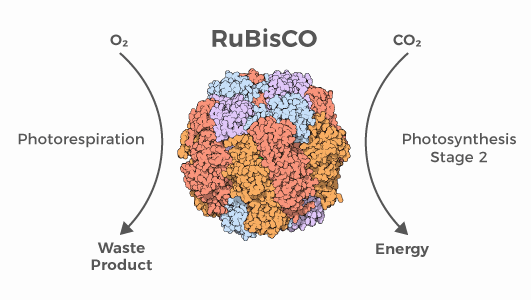
Similarly, in plants the protein RuBisCO, a key enzyme in photosynthesis, is a "notoriously inefficient" enzyme. RuBisCO is responsible for assimilating inorganic carbon dioxide into plant metabolism; hence, almost every carbon in the food we consumed was ultimately derived from RuBisCO’s activity. Despite its essential role, the enzyme is very slow and cannot fully distinguish between carbon dioxide and molecular oxygen: oxygen competes with CO2 as starting material for rubisco activity, causing a large fraction of the energy produced by photosynthesis to be wasted. Indeed, when RuBISCO uses oxygen instead of CO2 it creates toxic waste products that cannot be further used without operating a costly recycling alternative oxidative pathway (Photorespiration). Plants overcome RuBisCO’s poor activity by having massive amounts of it inside their cells, making it the most abundant protein on Earth.
Resources
- The Panda's Thumb: More Reflections in Natural History(1980) - Book by the Harvard University paleontologist Stephen Jay Gould.
- RuBisCO – Molecule of the month -PDB

